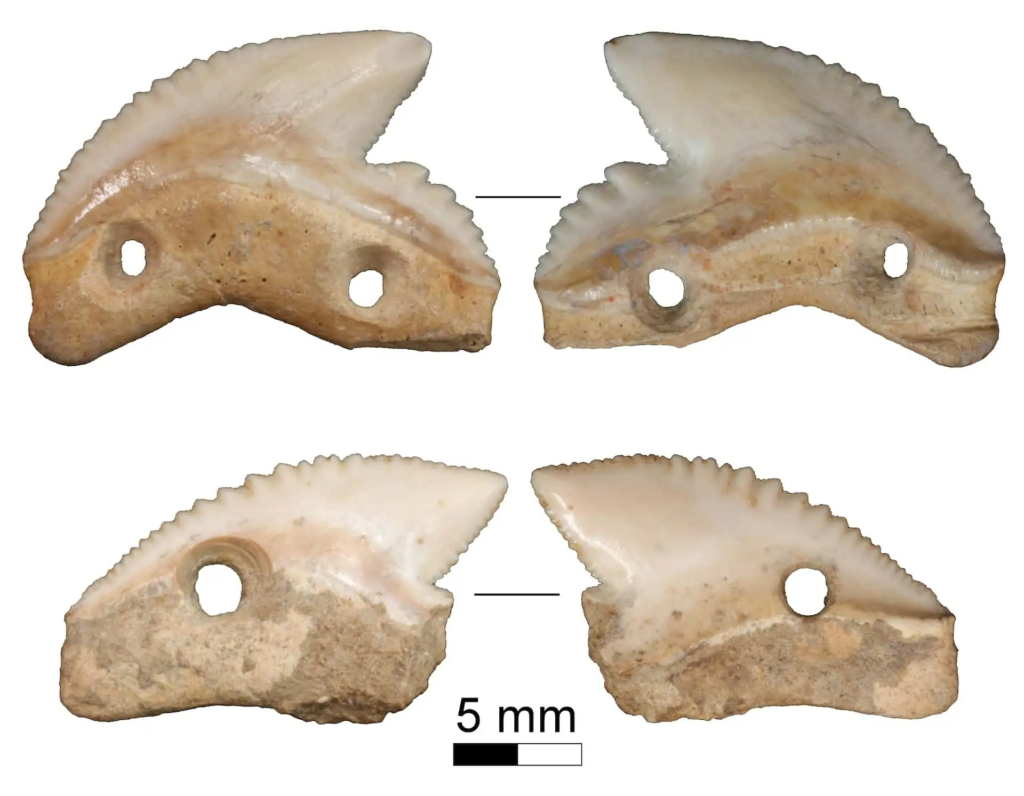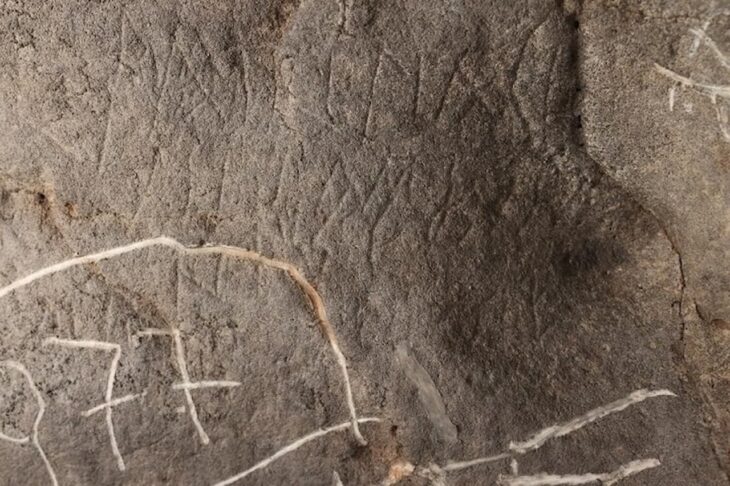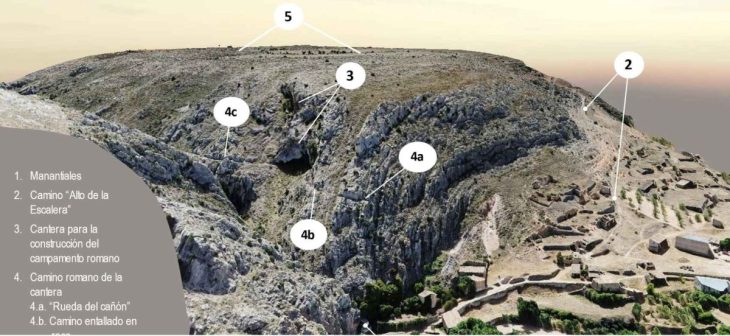Excavations on the Indonesian island of Sulawesi have yielded an incredible find: two tiger shark teeth that were fashioned into knives and are thought to be approximately 7,000 years old.
Because it offers some of the earliest evidence of shark teeth being used in composite weapons worldwide, this discovery is significant. Until now, the oldest such shark-tooth blades found were less than 5,000 years old.
Attributed to the enigmatic Toalean culture, these blades hint at rituals and warfare from an era before Neolithic farmers reached Indonesia.
These weapons, as reported in the journal Antiquity, are not just older but more advanced than any previously discovered shark-tooth blades, which were at least 2,000 years their junior.
Using a combination of scientific analysis, experimental reproduction, and insights from modern human societies, the Australian and Indonesian scientists deduced that these teeth had been attached to handles, transforming them into blades. They were most likely used during rituals or battles.
📣 Our WhatsApp channel is now LIVE! Stay up-to-date with the latest news and updates, just click here to follow us on WhatsApp and never miss a thing!!
Both of these shark teeth artifacts are attributed to the Toalean culture, a group that inhabited southwestern Sulawesi for several millennia. These enigmatic hunter-gatherers inhabited the island before Neolithic farmers from mainland Asia (“Austronesians”) spread into Indonesia around 3,500 years ago.

The shark teeth are of a similar size and came from tiger sharks (Galeocerda cuvier) that were approximately two metres long. Both teeth are perforated. Further examination revealed that these teeth were attached to a handle with a combination of mineral, plant, and animal materials, as well as plant-based threads.
This attachment method is similar to that used in contemporary shark-tooth blades found in various Pacific cultures.
Examination of the edges of each tooth found they had been used to pierce, cut and scrape flesh and bone. However, far more damage was present than a shark would naturally accrue during feeding.
While these residues superficially suggest Toalean people were using shark-tooth knives as everyday cutting implements, ethnographic (observations of recent communities), archaeological and experimental data suggest otherwise.
It may seem odd to choose to use shark teeth as weaponry. But since the only technology available to ancient oceanic cultures was Neolithic, people had to make do with what they could. They didn’t start using metal tools until they came into contact with Europeans in the 17th and 18th centuries.

The shark knives weren’t all that bad, though. Deep cuts could be made with these blades, according to experimental reproductions. However, their sharpness had a drawback in that they could easily blunt, rendering them less useful for regular tasks. Their ability to cause severe wounds might have limited their usage to special events or conflicts rather than as kitchen knives.
Communities all over the world, from Kiribati to Hawai’i, have incorporated shark teeth into their culture, particularly those located along coastlines known for shark fishing. These teeth have been fashioned into weapons, ritual objects, and even tattooing instruments. The variety of ways they were used demonstrates the reverence and respect these communities had for these oceanic predators.
Cover Photo: Scratches and a ground section on the tip of a shark tooth indicate its use by people 7,000 years ago. Credit: M.C. Langley















